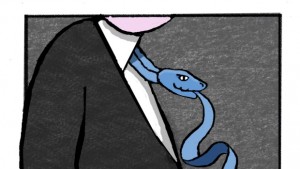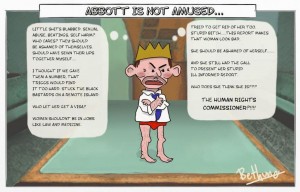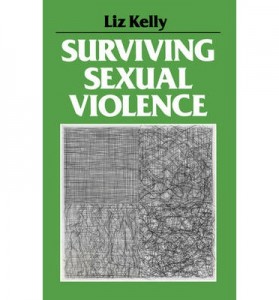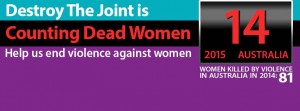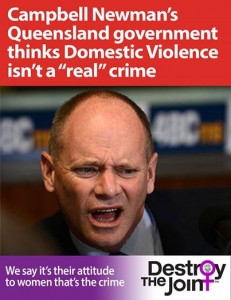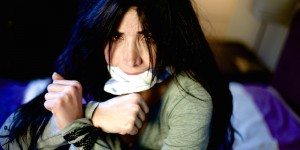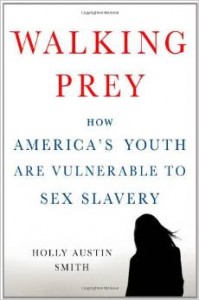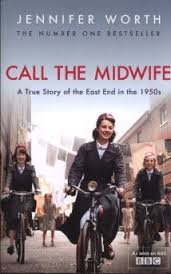Well what a night of television.
It started with the news (ABC SA). Their 3 leading news items were as follows:
1. The finding of the Coroner’s report into the death of Chloe Valentine – a four year old girl whose mother and her partner were found guilty of criminal neglect and manslaughter. The report was scathing of SA’s child protection system and has called for a massive overhaul.
2. The drowning of 3 Sudanese children (another child is in a serious condition) in Melbourne in a car driven by the mother which ended up in a lake. The mother is now helping the police with their inquiries.
3. 250 Australian men convicted of child sex offenses traveled to the Philippines last year.
“It comes as Filipino police continue to build a case against an Australian man, Peter Gerard Scully, who is accused of some of the worst child sex offenses in the nation’s history.”
He is also being charged with the death of at least one child. It is understood that he was producing child pornography for sale.
Then I watched Redfern Now. It was about 2 Indigenous women raped by a white middle class man. They chose different paths – one not wanting to report it to the police, fearing the shame and humiliation; the other reporting him and taking him to Court and grilled because of being a single mother, Centrelink fraud and working for cash. In a positive turn of events the man is found guilty – not a common occurrence in rape cases.
Why do all of these make me angry; make me want to cry with rage and sorrow?
We know the Child Protection system sucks. It lacks resources, funding and properly trained and experienced staff. It largely targets women – whether they are victims of male violence; living in poverty with poor resources to raise their children. And we also know that the child protection system takes a punitive approach to women, regardless of their circumstances – because well women are always to blame.
At the same time that the SA government says it will respond to this report, funding is being cut from so many services that could help mothers, particularly single mothers.
And yet one of the key recommendations of the Coroner’s report:
“The State Government begin negotiations with the Commonwealth to make a child protection income management regime permanent.”
A measure that will leave women with fewer resources, tells them they are inferior and incapable of looking after themselves, aimed at working class mothers – and assumes that child abuse is a class issue – that it is only the poor who neglect and abuse their children.
And it is important to say – there is a difference between neglect (which often is a result of poverty) and child abuse – so often about male violence against women and children – in all classes.
And when we turn to the tragedy of the Sudanese children – what resources do we provide to those from war-torn countries who come to Australia seeking shelter and a better way of life? How much trauma counselling is available; how much support are they given in adapting to a strange and alien environment? And importantly how do the media portray our immigrants and refugees from non-Western countries? How much racism are they subjected to?
It is astounding that the Federal Government can make it illegal for Australians to travel to Syria – out of our fear of “home-grown terrorists” – and we have no laws that prevent convicted child sexual abusers from traveling to South East Asia where extreme poverty puts children at risk of rape and murder – by Australian men.
In all of these cases it is really quite simply the paternalistic, imperialist, patriarchal culture which creates these situations – and provides no avenues to challenge this ideology.
I doubt that any proposed changes to the Child Protection system will really make children safer. It is far more likely to become more punitive to women in vulnerable situations.
Our current ethos is racist.
If this Sudanese mother is found responsible for the deaths of her children it surely must speak to our failure.
And why is it not a national emergency that Australian child sexual offenders are granted the freedom to travel oversees to sexually abuse children?
And women continue to be raped – and when they are Indigenous women – they have very little hope of the judicial system providing justice.
But we are so grateful to Deborah Mailman (and the writers) for her portrayal of a strong Indigenous woman who takes the system on and wins!



